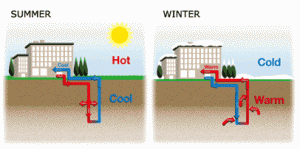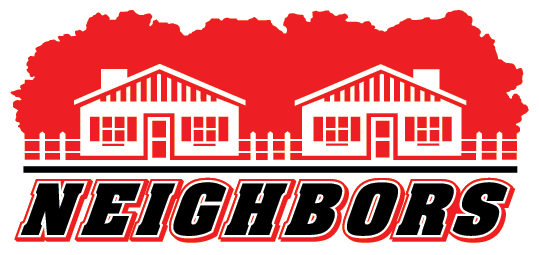24/7 Emergency Services Available!
Geothermal HVAC systems in Ames, Iowa
 The price of energy is always on the rise. Every year, it becomes expensive to heat and cool our homes. When the cost of conventional air-conditioning and heating systems becomes too much, it may be time to consider a geothermal system.
The price of energy is always on the rise. Every year, it becomes expensive to heat and cool our homes. When the cost of conventional air-conditioning and heating systems becomes too much, it may be time to consider a geothermal system.
Geothermal systems work by transferring the temperature below the Earth’s surface into your home. In areas that experience seasonal fluctuations, the temperature below the surface remains consistent (between 45 and 75 degrees, depending on latitude). In freezing winter months, the temperature below the surface remains warm enough that—when utilized by a geothermal system—will raise the indoor temperature of a home; the same process can be used for cooling a house in the summer months. For this reason, installing geothermal in Iowa, where seasonal temperatures are extreme, can significantly lower energy bills.
A geothermal system works by plastic tubing that runs underneath the earth’s surface (usually about 10 feet under). An antifreeze solution is pumped through the tubing, where it “collects” the underground temperature. The solution is then returned to a heat pump, where it is transferred into energy that warms the temperature of a home. Again, this process is works in reverse to cool a house.
Many geothermal are closed-loop systems, a term that that refers to the aforementioned process of sending an antifreeze solution out and returning it to the heat/air-conditioning pump. Horizontal looping systems—where the tubing run just under the surface—are common for properties that contain large surface area. Horizontal systems are also common because they are easier and less cost-effective to install. Larger structures—especially in densely populated areas with property restrictions—utilize vertical looping systems where the tubing goes deep (sometimes up to 100 ft deep) into the earth to work effectively. Due to relatively low population density, many systems of geothermal cooling in Ames Iowa are horizontal.
Geothermal systems can be more costly to install than a conventional HVAC system, but the savings over the years—not to mention the tax credits (see below)—displaces those costs in no time.
Just like wind or solar power, geothermal cooling and heating is an environmentally conscious form of attaining energy. Because those who utilize geothermal are reducing their dependency on fossil fuels and other pollutants, the United States government offers a 30% federal tax credit and a 20% state tax credit for homeowners who opt for geothermal in Iowa. This credit can also be retroactively applied to systems that were installed beginning January, 1, 2012. It’s not a bad incentive, especially when considering that these systems produce earth-friendly and efficient energy.
